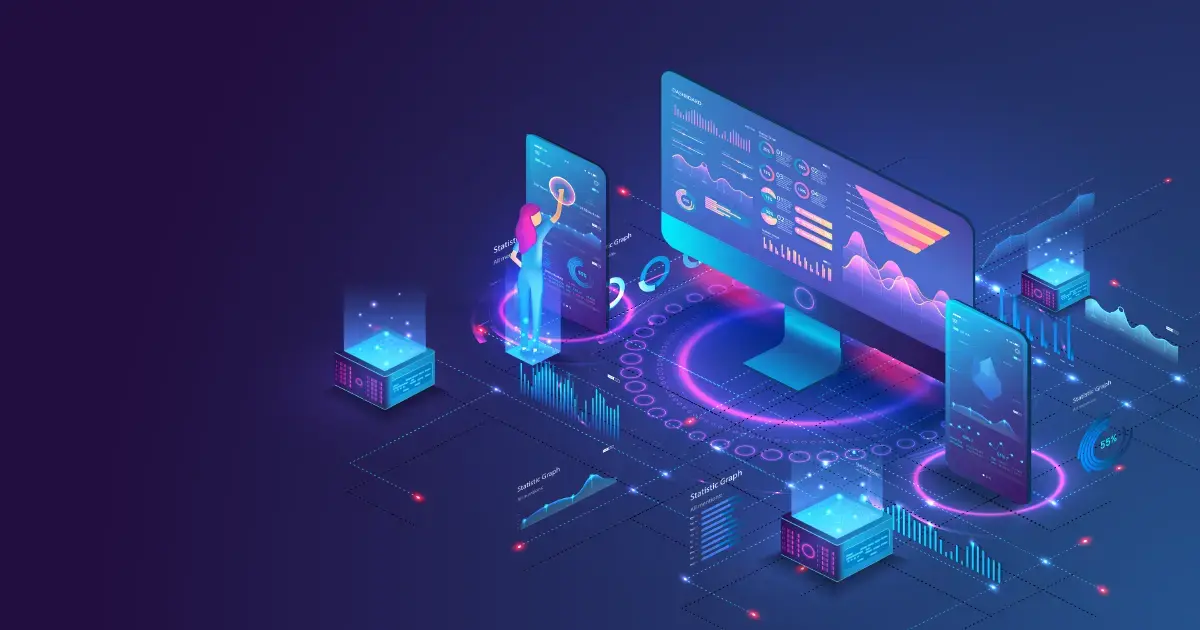How to Build the Ultimate Finance Tech Stack
How do you build the ultimate tech stack? This is the question on every finance leader’s mind. How do we grow? How do we increase efficiency? And how do we set up our business for success?
Previously, critical processes were owned by large technology companies. But now, there’s a significant boom in the micro SaaS ecosystem—especially in finance. There is a new, hypercritical focus on compliance and data protection and an increased reliance on trust.
Today’s CFOs and Controllers are changing what it means to be a modern finance leader. According to them, these are the significant trends to consider when building a “best-in-class” tech stack.
Digital Transformation Starts in Finance
Money makes the world go round—it’s the heartbeat of the business. If you don’t know where your money is and how it’s impacting operations, you’ll have issues with scalability. It’s imperative to have financial data readily available to support your positioning—this will provide the agility needed to grow.
By allowing digital transformation to happen within the finance team first, critical, accurate information can be accessed across the organization. Consistent, real-time data allows the finance team to view the business through a proactive lens—leveraging the great minds and power behind the data.
Moving From Reactive to Proactive
The business landscape can no longer rely on reactive decision-making. Picking up the pieces after the fact is no longer a sound business tactic.
As you start to consider potential technologies and the functions you want to modernize, adopt a future-focused mindset. Don’t just think about what you need in one year, but what you need in three or five years. You may find that you have different needs at different times, so it’s important to adopt solutions that can scale with you.
Technology shouldn’t just apply to the short-term tasks or pains you currently have, but the business’s long-term strategic priorities. Do these solutions align with your aggressive growth goals? Do they help the CFO provide crucial data to the executive team?
Lean into proactive decision-making by predicting what will happen before it happens—don’t rely on fixing issues after the fact.
The Ultimate Tech Stack is not “One Size Fits All”
The “ultimate tech stack” varies depending on a business’s maturity, core strategic priorities, and the organization & business model’s complexity. Plus, there are other vital factors to consider, like global expansion, multi-subsidiary structure, or the number of international suppliers.
Today, these three finance functions deserve prioritization when building your tech stack: Accounts Payable, Accounts Receivable, and Spend Management. These are the most manual, time-consuming operations that can benefit from automation’s increased efficiency and productivity. But although these are the finance tech stack’s main components, that doesn’t mean you should stop there.
Think about your most significant issues. What are the current problems in your business, and what are you looking to rectify? To find the right solutions, consider what to fix currently and what to fix in the future—that’s where you’ll find the best results.
Tech Stack Building Blocks
Often, when building a tech stack, companies will start with a more basic option and then, over time, move to a solution that helps them scale.
After you’ve implemented the initial technology building blocks—Accounts Payable, Accounts Receivable, Spend Management—look into other areas that can benefit from increased automation. As you grow, you might consider financial close software or expense management—there’s a whole variety of options depending on where you’re at in the process.
The most crucial aspect to consider when evaluating financial technology is the accessibility of the solution. Does it have a modern infrastructure? Is it available 24/7 and 100% cloud-based? Is there AI and machine learning built-in? Does the solution have robust, global capabilities? You’re going to have employees all around the world, and you’re going to need real-time visibility to scale effectively.
Integrations are the New Black
Although building a best-in-class tech stack is not “one size fits all,” there is one critical feature that cannot be ignored: Integrations.
It’s essential to collaborate with solutions that you’re currently using. For example, suppose you already have part of your finance stack established, like your ERP. In that case, you can look within their ecosystem of partners to find suitable integrations that can solve current issues.
Leveraging existing partnerships can create added value—especially as you’re building your tech stack and reviewing dozens of different options.
Today’s forward-thinking finance teams are consistently looking for ways to increase efficiency, improve productivity, and enable the business for success. Challenges will arise as the organization scales and complexity grows. But by building the ultimate tech stack, you’ll create a roadmap that empowers your team to change and adapt for the future.
